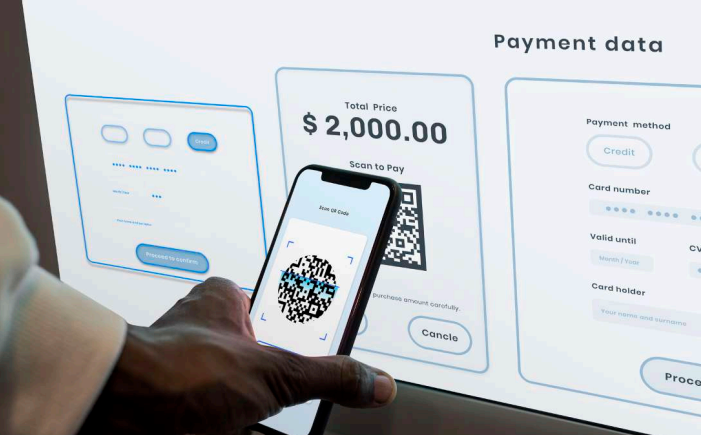Southeast Asia (SEA) has witnessed significant and rapid shifts towards convenient and secure payment methods. This transformation has been largely fueled by the growth of the region's fintech industry, particularly in digital payments.
SEA Digital Payments Industry and Market Share
The SEA digital payments market is poised for substantial growth, driven by increasing smartphone penetration, expanding e-commerce ecosystems, and government initiatives to promote financial inclusion. With over 35% market share, Indonesia leads the region in digital payments, followed closely by the Philippines.
The gross transaction value of digital payments in SEA is projected to reach $1,174 billion USD by 2025, with a compound annual growth rate (CAGR) of 13%. This robust growth underscores the transformative potential of digital payments in democratizing access to financial services and driving economic participation across the region.
Major Players in SEA's Digital Payments
In the vast and dynamic SEA digital payments market, several key players have emerged as titans, shaping the landscape and driving innovation. Traditional banks, or institutions like OCBC Bank, DBS, BDO, BRI, and KASIKORNBANK, have long been pillars of the financial sector in SEA. With their extensive networks and established trust, these banks are leveraging digital technologies to offer seamless and secure payment solutions to their customers.
Meanwhile, global payment networks such as VISA, Mastercard, American Express, and Citi also wield significant influence in the SEA region. Their ubiquitous presence and robust infrastructure make them the preferred choices for consumers and merchants, ensuring smooth transactions across borders.
The rise of Buy Now Pay Later (BNPL), through firms like Fave Pay Later, PayLater by Grab, and Atome, is disrupting the traditional credit-based payment model with innovative BNPL solutions. These platforms are catering to changing consumer preferences and driving greater financial inclusion.
Integrated payment solutions offered by super-apps and e-commerce platforms are also reshaping the digital payments landscape in SEA, with major players like GrabPay, Gopay, ShopeePay, and OVO, alongside with new wave of fintech disruptors including Akulaku, Kredivo, Line Pay, Pace, Napas. Localized payment solutions driven by governments and fintech startups are also gaining traction across SEA, such as PromptPay in Thailand, DuitNow in Malaysia, and BI-Fast in Indonesia, streamlining domestic transactions and promoting financial inclusion at the grassroots level.
Future Trends in SEA's Digital Payments
Looking ahead, digital payments in SEA will be shaped by several trends. QR code payments are gaining prominence for cross-border transfers, driven by government and fintech initiatives. Enhanced interconnectivity among domestic payment methods across SEA countries will facilitate seamless transactions and promote regional economic integration. Additionally, e-commerce and super-app platforms are diversifying into financial services, embedding payment solutions to enhance user experience and foster customer loyalty.
Regulatory frameworks will evolve to protect consumers and ensure the security of digital payment systems, while industry efforts will focus on combating fraudulent activities. These trends underscore a collective push towards more efficient, inclusive, and secure digital payments, reflecting SEA's trajectory towards a cashless future.
To get further insight into Asia's financial landscape and trends emerging in relevant markets, subscribe to our newsletter hereand check out these reports:






